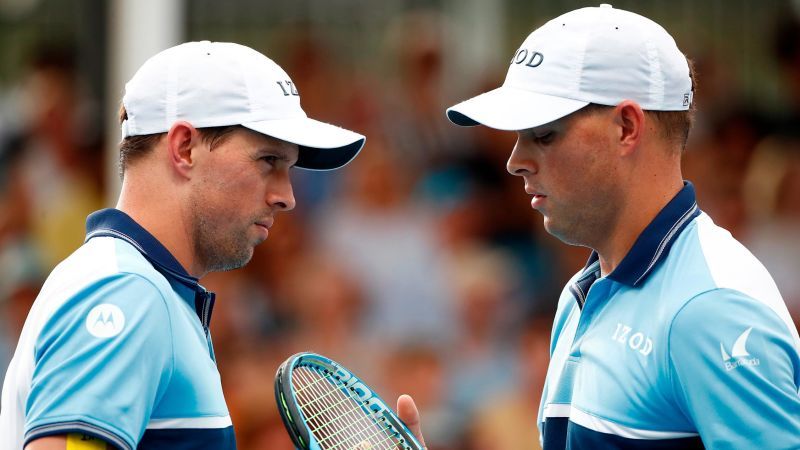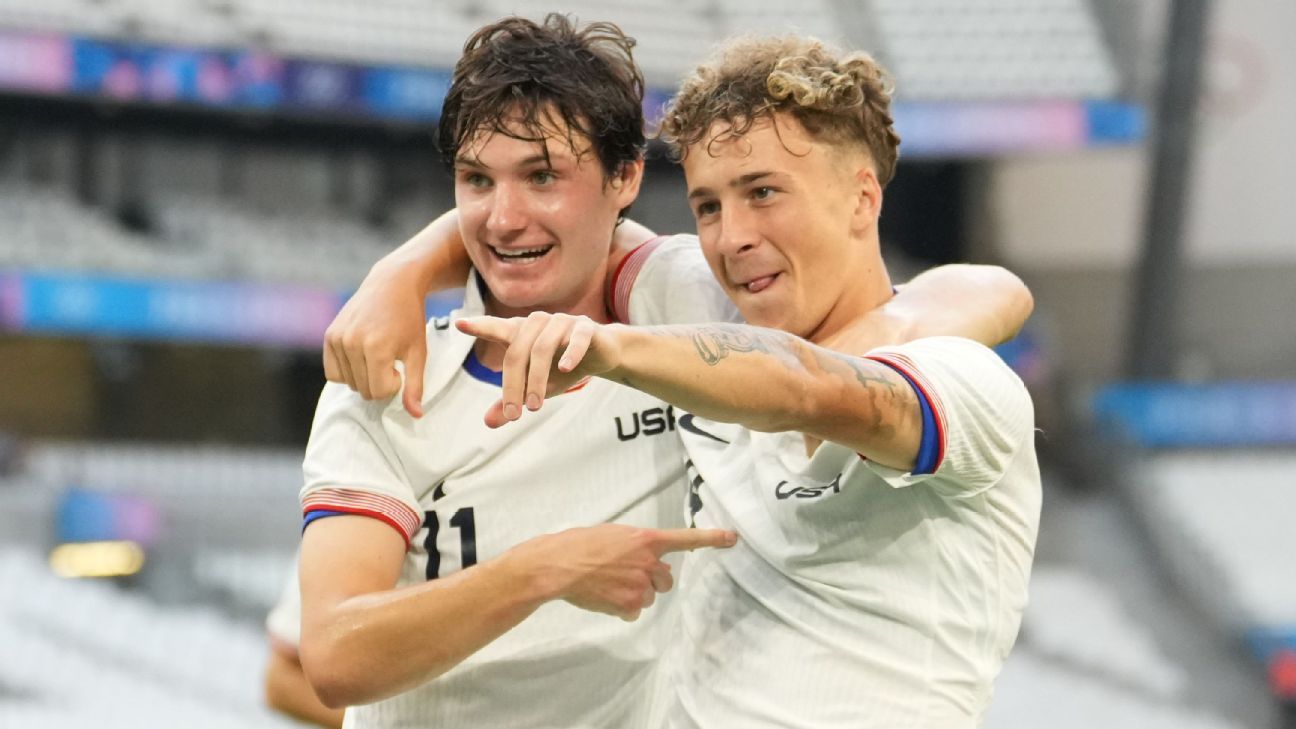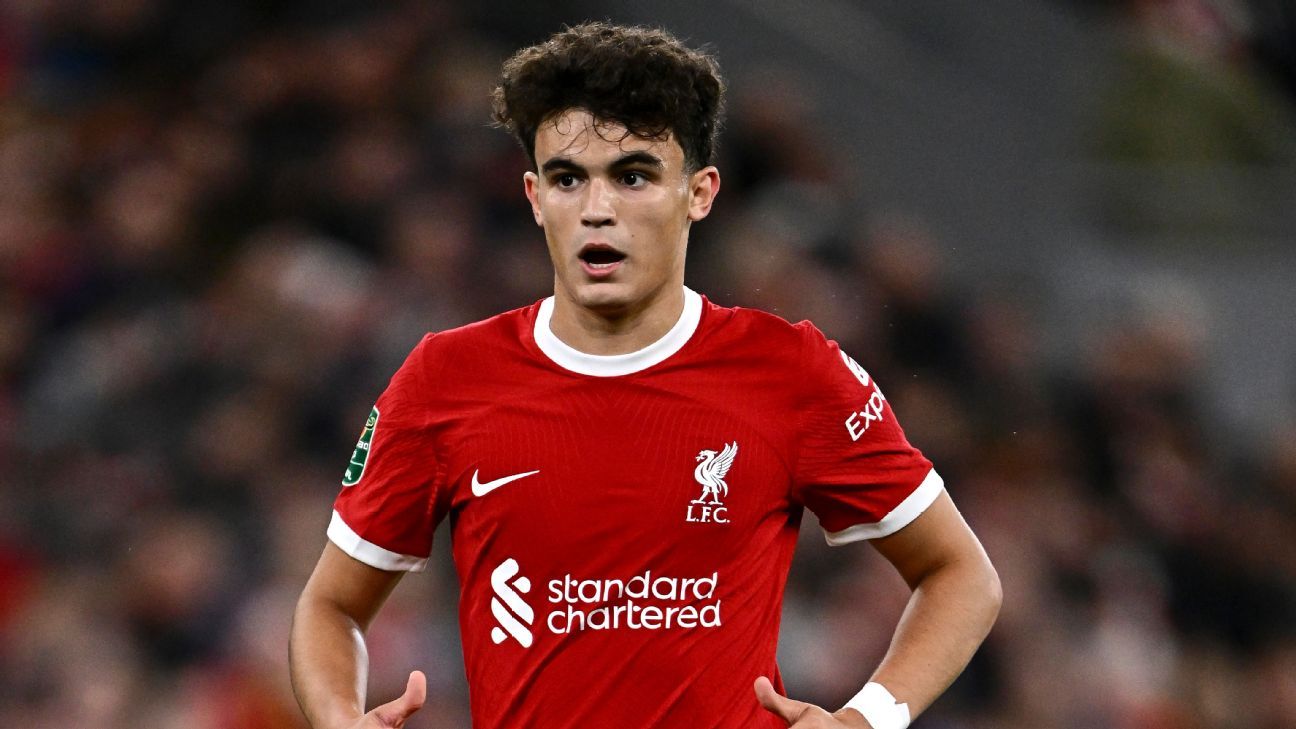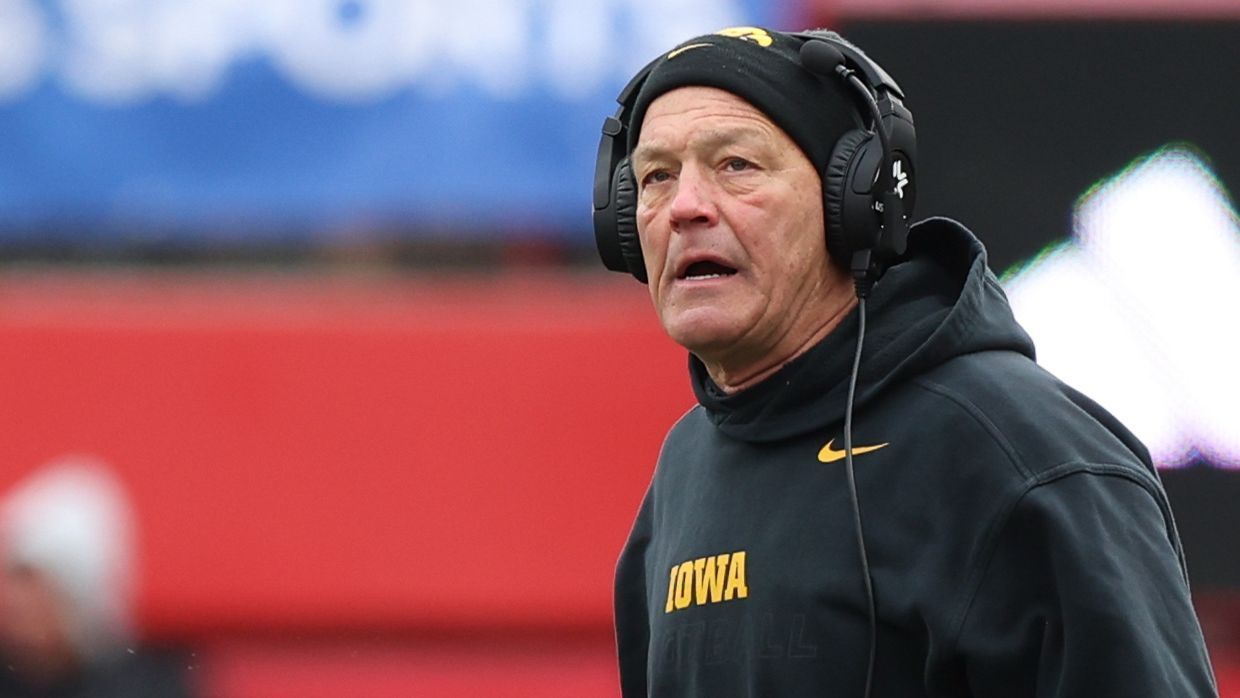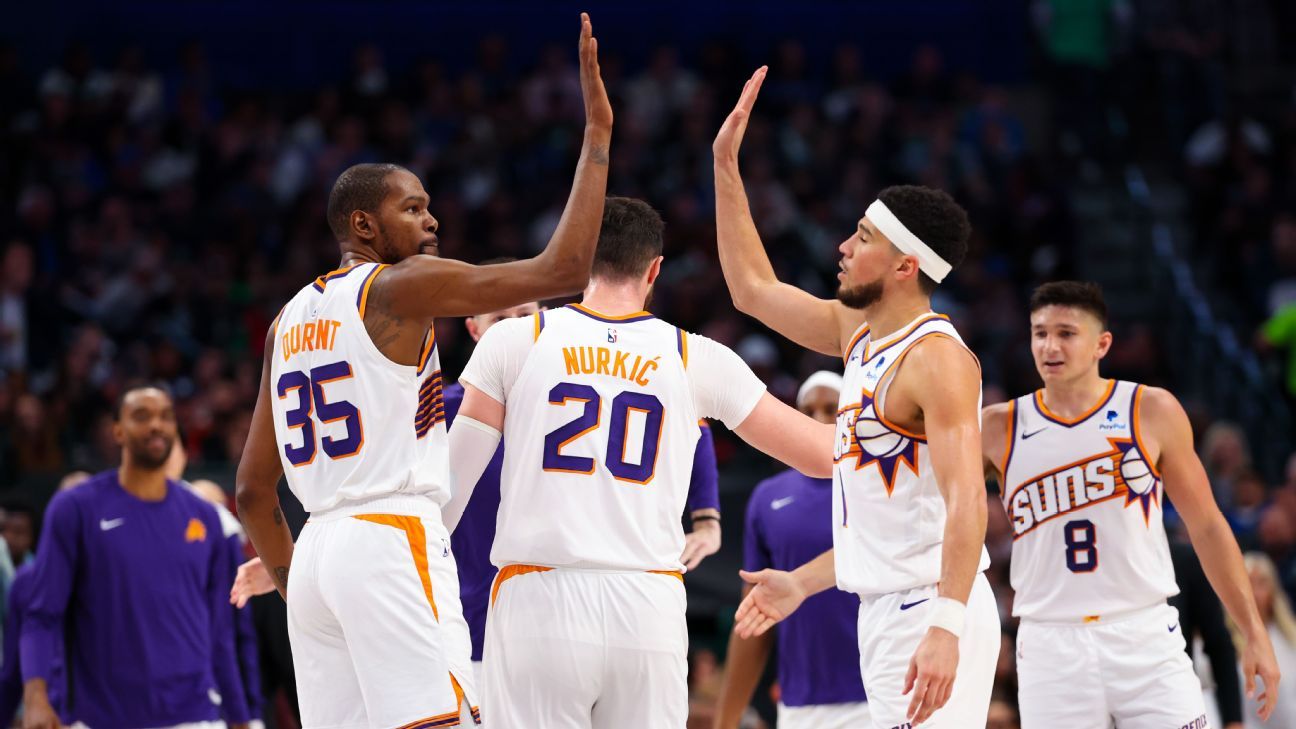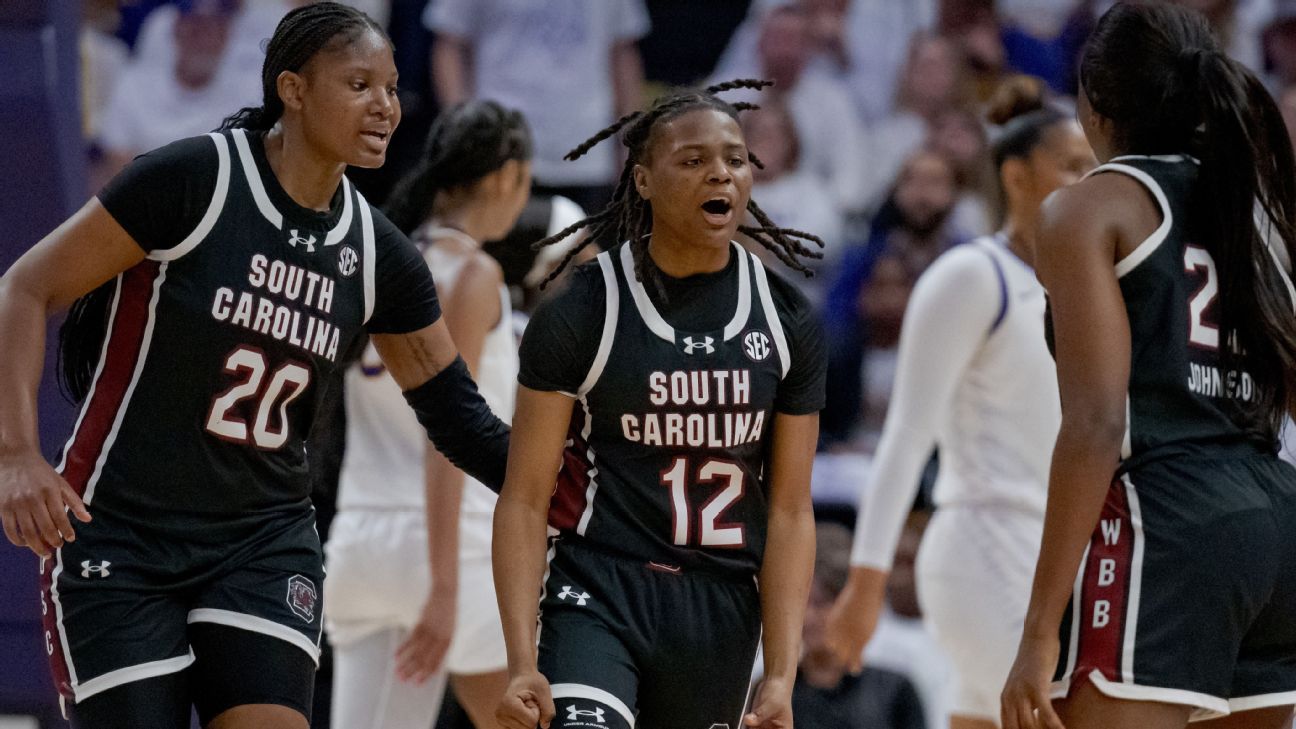cnn
—
When you spend every moment of every day with another person (eating, sleeping, training, competing), it's no surprise that you'll develop a formidable partnership, even less so if you share the same DNA.
For Bob and Mike Bryan, their “twin energy” was at the heart of their triumphs and titles on the tennis court, a synergy that only grew stronger as they traveled the world together for the better part of 23 years.
The Bryan brothers, as they became known in the tennis community and beyond, announced their retirement from the sport in August 2020 as the most successful doubles team in history: 16 Grand Slam titles, 119 tour-level titles and 438 weeks at No. 1.
Their partnership peaked in 2012 and 2013 when, virtually unstoppable, they won the Olympic gold medal and the big four in the space of 12 months.
“When everything was flowing and we were really positive, it was a bit unsettling – our feet were moving at exactly the same time and we knew where to be,” Mike tells CNN Sport. “It was like a freight train once we warmed up.”
This year's French Open marks the 20th anniversary since the identical twins from California captured their first Grand Slam title, although at the time they had no idea of the great success that would follow.
Instead, they focused on earning a spot on the United States Davis Cup team by impressing captain Patrick McEnroe at Roland Garros, which they duly accomplished.
Their progress through the French Open doubles draw was swift and ruthless, the brothers defeating opponent after opponent in straight sets before a nervous breakdown on the eve of the final nearly derailed their path to the title.
“At the time, you think it's a one-time deal and you never know if you'll make it again,” says Mike, reflecting on the 2003 French Open campaign. “We were thinking about it non-stop, it got into our heads. head”.
Fueled by adrenaline, they won the last 16 points of their final against Paul Haarhuis and Yevgeny Kafelnikov to claim a 7-6 6-3 victory, setting the stage for the success that would soon follow.
“We partied all night,” Bob says. “We went directly from the club to I think it was a photo session at 9 in the morning at the Arc de Triomphe with the trophies and the photos are unusable. “That’s probably why you’ve never seen it: because we were so tired.”
While some tennis players switch between singles and doubles formats, the Bryan brothers dedicated their entire careers to doubles and remained steadfast in their commitment to each other.
It wasn't until Bob, the older twin by a couple of minutes, underwent hip surgery in 2018, that Mike sought a different partner and won Wimbledon and the US Open alongside American Jack Sock.

“We play together every day, live together and spend every moment together,” Mike says. “It worked on the court: we were always on the same page and moved as one entity.
“We knew we were never going to break up with each other. And that also gave us that confidence; “You know you will never turn your back on your brother and look for another partner.”
Bob agrees that singles were never on the brothers' radar.
“We always enjoy winning a doubles match more, maybe it was a twin thing,” he tells CNN Sport. “But even our sponsors put bonuses in our contracts tailored to doubles: they wanted us to go to doubles. “It felt more natural to us.”
With Bob left-handed and Mike right-handed, the pair were a natural fit on the tennis court, although unlike most left-right doubles pairs, they tended to play on the backhand side when returning serve, a change they made before . of the 2003 French Open.
They were practically inseparable throughout their professional careers, to the point of sharing a bank account. Tempers boiled over at times, especially during practice, when high standards were demanded of each other.
“We practice every time as if we were playing in a final,” says Mike. “Bob would attack me if I missed a couple of balls and I would attack him, and we would have some tough practices. We had some physical altercations, but that kept the quality extremely high.
“We actually only practiced once a day because we were trying so hard. We would fill a maximum of 90 minutes, but we wouldn't even drink water. We probably only used two or three balls and just went from drill to drill, drill to drill.
“By the end, we were drenched in sweat. We practiced as if it were a grand final and it certainly didn't let me slack off.”
Although fiercely competitive, the brothers never lost sight of their role as artists. The chest bump, or Bryan bump, as The Stanford Daily called it during his college days, was his trademark after winning a tournament or major point.
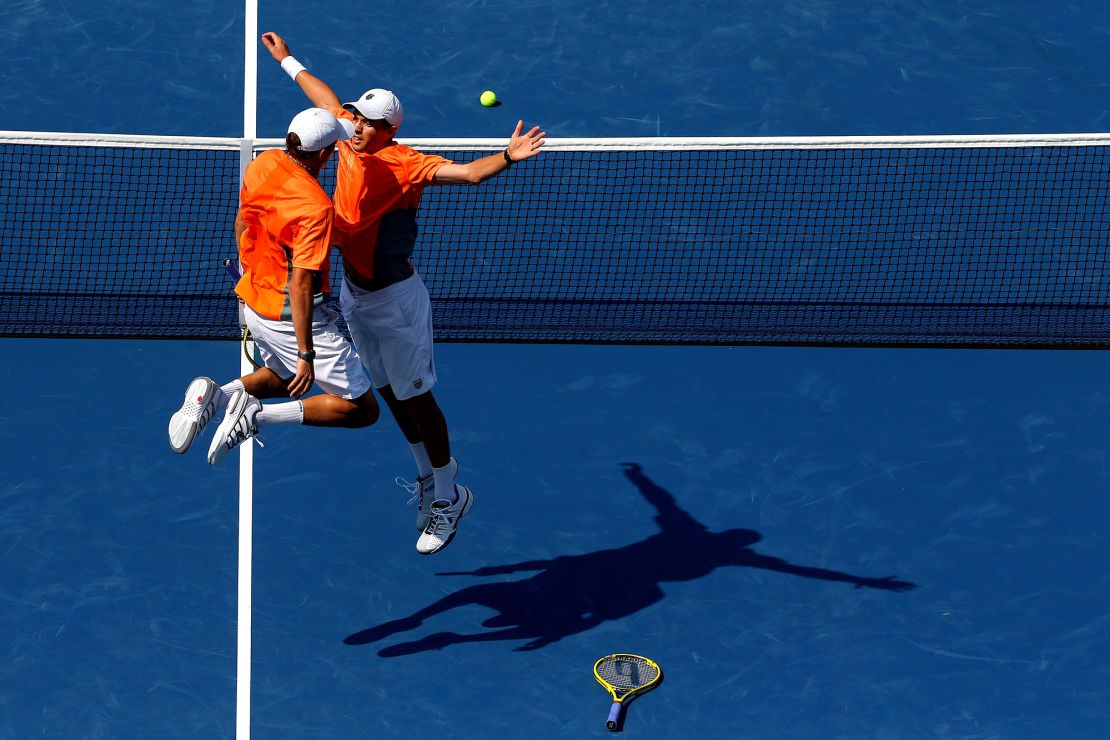
Feeding off the crowd's energy, running, jumping and punching their torsos became a spectacle act, something they inherited from another American doubles team, Luke and Murphy Jensen.
The Jensen brothers, coincidentally, won their only Grand Slam title at the 1993 French Open, 10 years before the Bryans won their first.
“We started doing it at Stanford and then we took it on tour,” Bob says of the origins of the Bryans' chest bump.
“It wasn't very well received on tour during those early years because those salty veterans thought it was disrespectful to them.
“Honestly, we were excited to be there and happy to be professionals traveling the world and eventually it was accepted and became our thing.”
Since retiring ahead of the 2020 US Open, the brothers have enjoyed a slower pace of life. After spending 40 weeks a year on tour, they now have more time with their families and can pursue another shared passion: music.
Bob plays keyboard, Mike plays guitar and drums; Together, they have performed at bars, clubs, and even tennis tournaments as part of the Bryan Brothers Band.
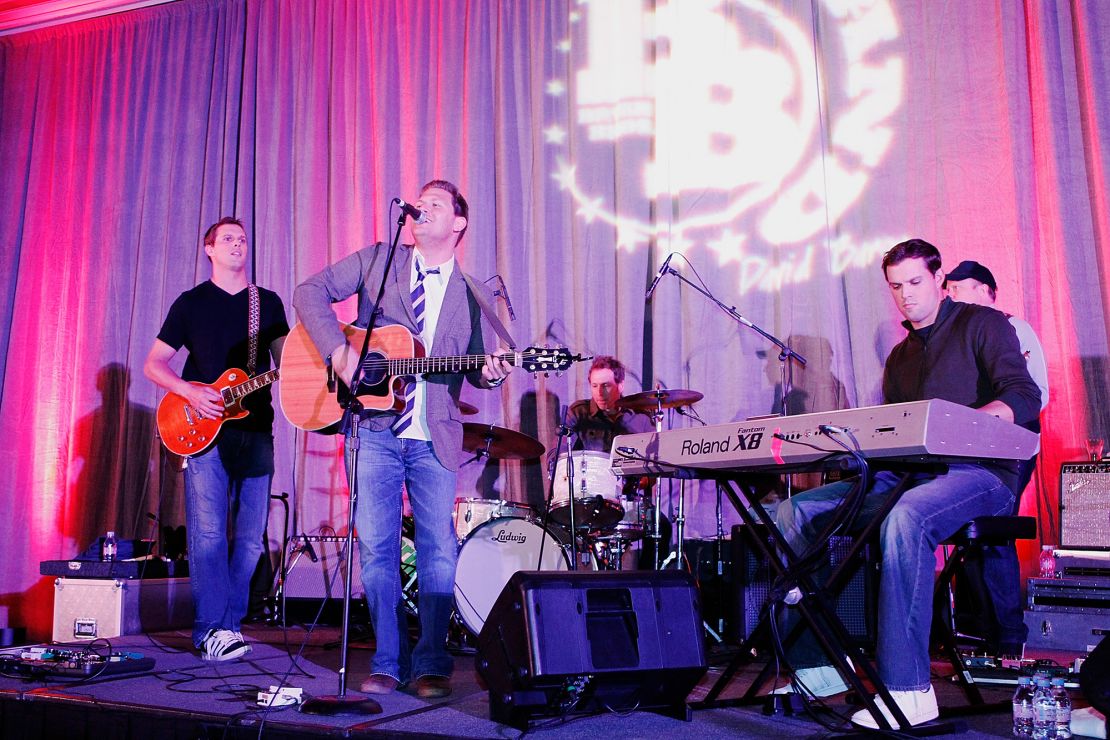
“Our music rooms have expanded,” says Bob, “and my kids are playing now, so I can play with them.”
That doesn't mean that tennis has disappeared from their lives. They still play legends events at the Grand Slams, as well as the occasional exhibition tournament, and Bob has recently been named US Davis Cup captain ahead of this year's event.
But the days of intense competition, fierce practice sessions and high-flying hits to the chest are long gone.
“Once you retire, it's hard to turn the car back on once you turn it off,” Bob says.
“We knew we wanted to play as long as we were mentally and physically in it, so when we walked away, we had no regrets.
“We both feel like we don't have any unfulfilled dreams that we wish we could have fulfilled on tour. “I think we feel like we put everything we could into our races.”

